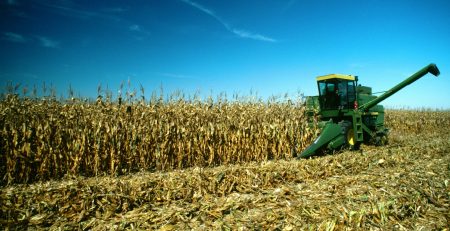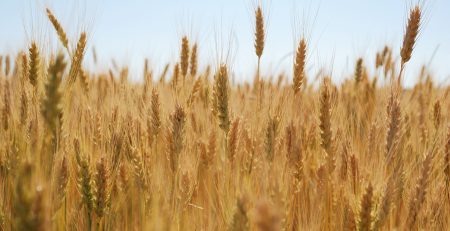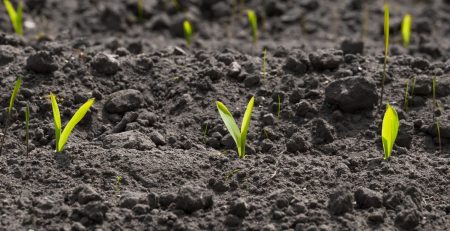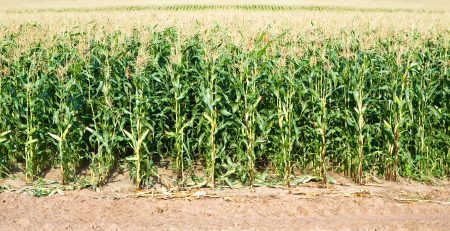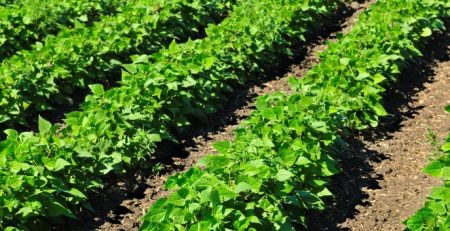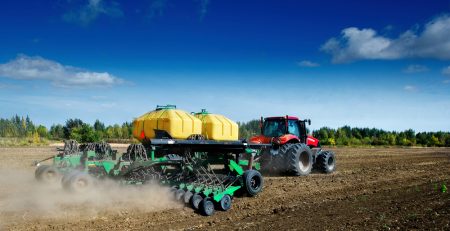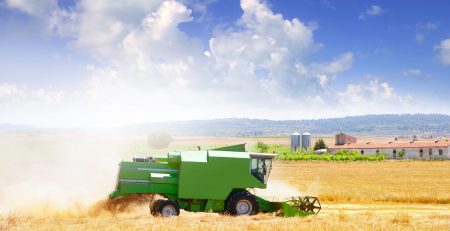Unprecedented Damage Could Change National Yield in a ‘Big Way’
Hurricane-force like wind screamed through parts of the Corn Belt earlier this week. With the wind came never-before-seen damage to corn and soybean fields, grain storage facilities and communities.
“Never in my career have I seen so many acres damaged in one year by wind and wind alone,” says Farm Journal Field Agronomist Ken Ferrie. “The scale of this issue is unprecedented.”
Ferrie anticipates this wide-spread damage, in conjunction with wind damage in mid-July, will change national corn-yield averages dramatically. Farmers with damage will fight not only yield loss during grain fill, but enhanced harvest loss as well. In addition, ear rots will be a greater risk when ears are closer to the ground.
Our prayers go out to all of you that were caught up in this monster,” Ferrie says. “It’s time to put together your harvest strategy to deal with the issues coming your way this fall.”
Here are a few major considerations to keep in mind because of the storm:
- Harvest will be slower.
- Work with grain delivery points to make sure they can handle the crop this fall.
- Start thinking about seed next year—there could be supply issues in 2021.
“This storm came right through seed corn alley in Iowa and I expect those fields are going to take a hard hit as well,” he says. “We may have to keep an eye on seed supplies next spring.”
What to watch in non-wind-damaged areas.
While the swath of wind-damaged acres is large, it’s not quite everyone. Keep your boots in the dirt scouting to make sure you don’t let pests such as insects, disease or weeds damage the yields you’ve worked all season to build.
“We’re now seeing aphids in late May and June corn,” Ferrie says. “[Also check] to make sure there aren’t second generation corn borer flights as well.”
Watch for these pests in non-traited corn fields especially. In addition, he’s seeing some corn rootworm resistance to below-ground, traited hybrids. Dig roots to check for feeding and take good notes to use the next time that field is planted to corn.
“Disease pressure continues to build in corn,” he adds. “And I do expect to see some sudden death [syndrome] this week to start showing up in beans.”
Content within the Farm Journal Forum is the property of Farm Journal, Inc and protected by copyright.
